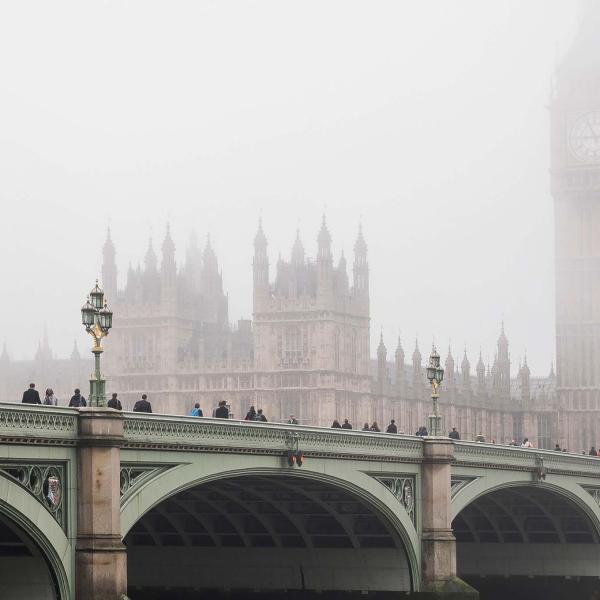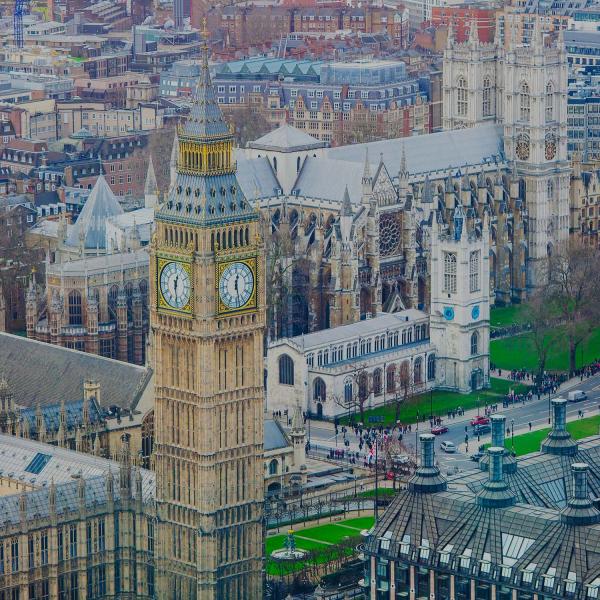The Public Finances
The Budget contained a substantial fiscal loosening. However the Chancellor still remains on course to meet his two strict rules for public borrowing. In a historical context, levels of borrowing remain low. The discretionary loosening in fiscal policy announced in the Budget yesterday came from three areas:
- Small cuts in taxation
- An increase in the generosity of the Working Families' Tax Credit and the 'winter warmer' for pensioners
- An increase in spending on education, transport, law and order and the National Health Service.
The Chancellor announced large real increases in public spending for the three years from April 2001. Overall public spending is set to grow at 3.4 per cent a year in real terms. This will lead to increases in public spending as a share of GDP. The Budget also set out spending plans for the NHS until March 2004. Spending will grow in real terms by 6.1 per cent a year. This will represent a sustained period of real increases in NHS spending that are higher than the long term average increase of 3.4 per cent since 1951.
Distributional Analysis
The main new measures announced by the Chancellor in the Budget speech were increases in benefits paid to working and workless households with children under 16, an increase in the generosity of the Children's Tax Credit due to be implemented next year and a õ0 rise in the winter fuel allowance for pensioner households. Distributional analysis of the new reforms announced in the Budget shows that the poorest 10% of households in Britain gain on average by just over ó per week, and the next poorest 10% by around 0.50 per week. The biggest gaining types of family are single parents and unemployed couples with children. The cumulative impact of the four Labour budgets since 1997 in real terms is to increase the income of the poorest 10% of households by around 9%, or ñ0 a week on average. The richest 10% of households lose marginally on average. In addition, we find that the government's medium-term plans for an Employment Tax Credit for low-income working people without children would be most effective at relieving poverty if they were targeted at older workers.
Note to editors
- Slides from the IFS Post Budget Briefing are available online at http://www.ifs.org.uk/budgets/budget2000/index.html
- An article which appeared in the Financial Times on Wednesday 22nd March is also available online at http://www.ft.com/budget2000/bd33f2.htm
Distributional impact of Budget measures by income group
The table below splits the British population into ten equally sized segments going from the poorest 10% (at the top) to the richest 10% (at the bottom). The numbers give average changes in disposable income for each group.
Decile | Impact of new announced | Cumulative impact of all |
1st (poorest) | +3.0% | +9.2% |
2nd | +2.4% | +8.4% |
3rd | +1.4% | +4.9% |
4th | +0.7% | +3.2% |
5th | +0.3% | +1.6% |
6th | +0.1% | +1.1% |
7th | 0 | +0.4% |
8th | 0 | +0.2% |
9th | 0 | -0.1% |
10th (richest) | 0 | -0.5% |
overall | +0.4% | +1.3% |
Note: The Budget measures included here do not include changes to Corporation Tax, Capital Gains Tax, Inheritance Tax or Stamp Duty.









